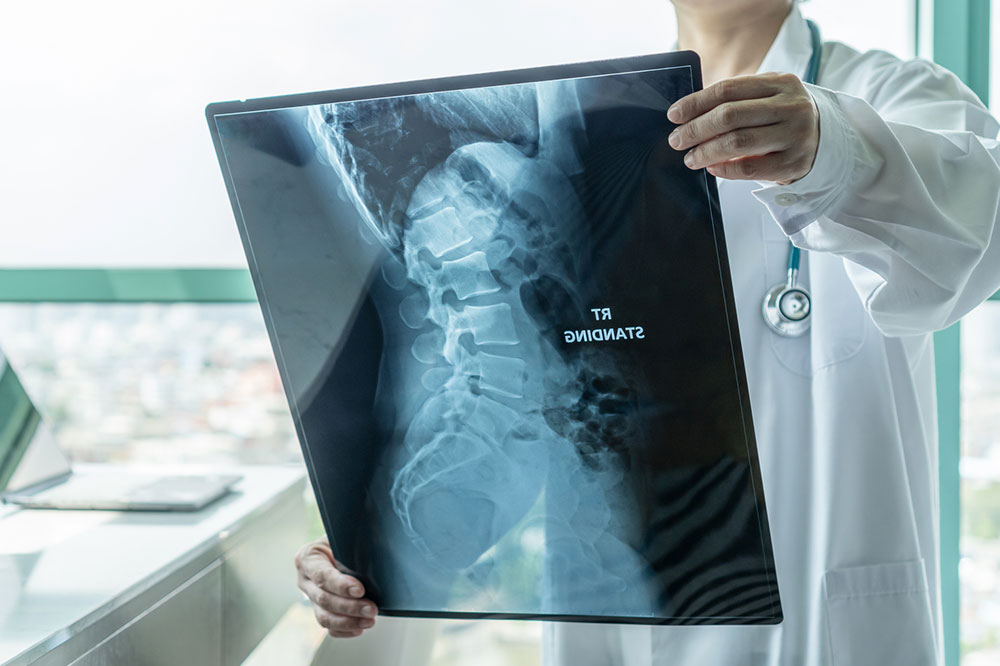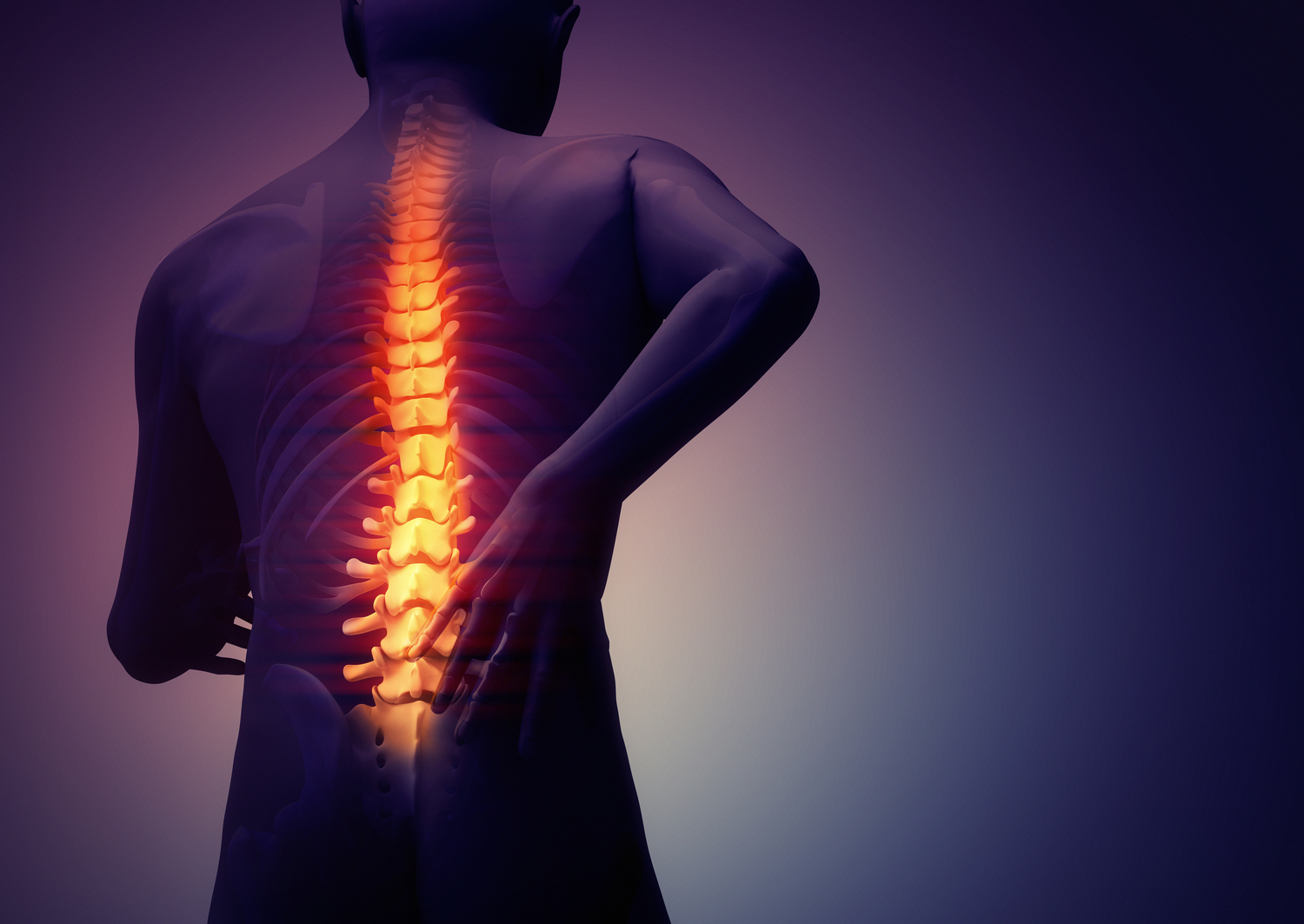Understanding Spinal Muscular Atrophy: Types, Diagnosis, and Treatment Options
This article offers an in-depth overview of Spinal Muscular Atrophy, including its types, diagnostic methods, and treatment options. It explains the genetic basis of SMA, the symptoms associated with different types, and how early diagnosis and tailored therapies can improve quality of life for affected individuals. Emphasizing the importance of medical intervention, the article also discusses various therapies, assistive devices, and respiratory care aimed at managing this hereditary disorder effectively.

Understanding Spinal Muscular Atrophy: Types, Diagnosis, and Treatment Options
Spinal muscular atrophy (SMA) is a hereditary condition that impacts muscle control due to the loss of specific motor neurons in the spinal cord and brainstem. This degeneration results in muscle weakness, wasting, and challenges with movement, including sitting, crawling, or walking. Severe cases can impair breathing and swallowing. This article outlines the various SMA types, diagnostic procedures, and available treatment strategies to manage the disorder effectively.
SMA Classifications
Medical professionals categorize SMA into five main types based on symptom severity, age at onset, and progression: Type 0, I, II, III, and IV. Recognizing these distinctions helps in tailoring appropriate care.
Type 0 — This most severe form affects infants before birth, presenting with critical respiratory issues and profound muscle weakness, often preventing normal motor development.
Type I — Also called Werdnig-Hoffmann disease, this severe SMA form appears within the first months of life. Infants struggle with swallowing, breathing, and controlling head movements, with decreased muscle tone and reflexes.
The diagnosis of SMA involves physical exams and family medical history review, complemented by various tests. Genetic analysis targets the SMN and NAIP genes for mutations. Electromyography and nerve conduction studies assess nerve and muscle function, while muscle biopsies provide tissue analysis when needed.
Therapies for SMA
Effective management includes medication, physical therapy, mobility devices, nutrition plans, and respiratory support.
Medications — Medicines aim to protect nerve cells by targeting protein functions within the central nervous system.
Physical Therapy — Therapeutic exercises maintain muscle flexibility and strength, supporting mobility and development.
Mobility Devices — Wheelchairs and braces assist those unable to walk or stand independently, enhancing independence and quality of life.
Nutrition — Special diets support children with swallowing difficulties, ensuring proper nutrition.
Respiratory Support — Breathing therapies, oxygen, and regular vaccinations help maintain respiratory health in SMA patients.










